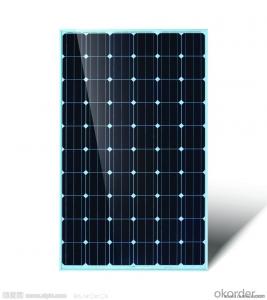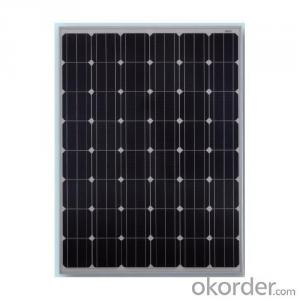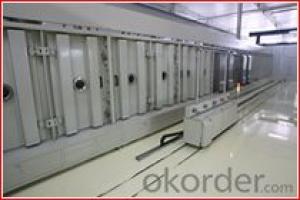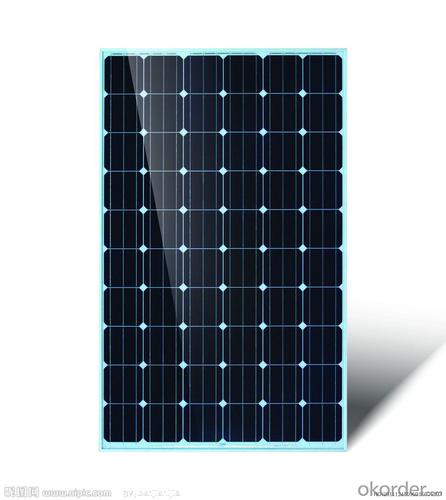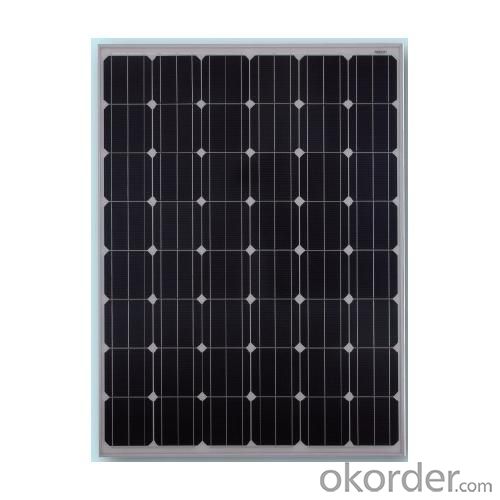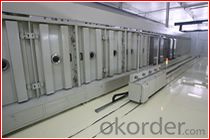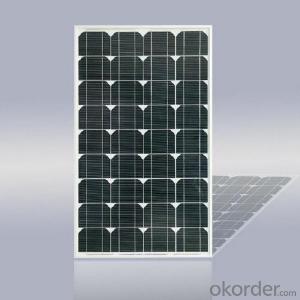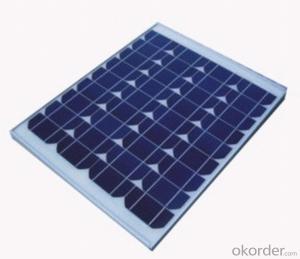MWT Solar Module With High Efficiency Maintenance Free
- Loading Port:
- Shanghai
- Payment Terms:
- TT OR LC
- Min Order Qty:
- 100 carton
- Supply Capability:
- 20000 carton/month
OKorder Service Pledge
OKorder Financial Service
You Might Also Like
Solar panels are withstand extreme working condition (from -40°C to 120°C)
Grade A solar panels rated by TUV.
High transformation efficiency solar panels
New UV reflector protected Layer
Maintenance free solar panels
No exposed metal parts
Custom-made available
100% EL TEST before and after laminator for each solar panels
TUV,MCS,CEC,IEC61215,IEC61730,CE,UL approved solar panels
CHUBB insurance company to guarantee the quality of solar panels
Bankable solar panels in German,Italy,UK,Denmark country
| Characteristics | Unit | SL6P54-250W |
| Maximum Power (Pmax) | W | 250 |
| Power Tolerance | W | (0,+5) |
| Maximum Power Voltage (Vmp) | V | 30.70 |
| Maximum Power Current (Imp) | A | 8.14 |
| Open Circuit Voltage (Voc) | V | 37.90 |
| Short Circuit Current (Isc) | A | 8.72 |
| Module Efficiency (ηm) | % | 17.03 |
| Dimension of module | mm | 1480*992*40mm(64.6*39.1*1.6inch) |
| Pmax Temperature Coefficient | %/C | -0.44 |
| Voc Temperature Coefficient | %/C | -0.32 |
| Isc Temperature Coefficient | %/C | 0.44 |
| Maximum System Voltage | VDC | 1000(TUV);600(UL) |
| Maximum Series Fuse Rating | A | 15 |
| Operating Temperature | C | -40~ +85 |
| NOCT | C | 45±2 |
| STC:1000W/m2.AM1.5 and 25C cell temperature, NOCT : Nominal Operating Cell Temperature | ||
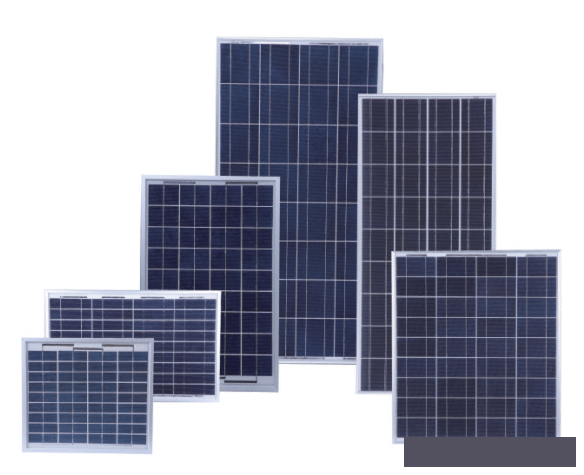
FAQ
1. Where can I buy your products?
You could find our products from dealers or contact our sales team directly. We will provide you with detailed services.
2. How to contact us?
Contact details can be found from website www.okorder.com to contact us. We look forward to providing you with professional services.
3. What is the application field of your products?
Our current GW1500~4600-SS series and GW3000~4600-DS, with the flexible expansion ability and allocation capability, can be used in the small photovoltaic (PV) grid power generation systems of family units as well as the commercial photovoltaic system such as BIPV, BAPV and etc.
4. What kinds of modules do your inventers support?
Our inventers support most of mainstream components and modules in the market. Should you require more details, please do not hesitate to contact our technical personnel.
- Q: I have a playstation PSP charger that is 5v 2A, so it takes 0 watts.I have several small solar panels that put out watt a piece and are 4 volts, 250mAhow can I get my 0 watts to be 5v 2A instead of 4v 250mA? the voltages have to match up right?also, what's a 3-T regulator that controls voltage?
- 3-T is just one type of many devices designed to control voltage so you get the amount you desire with as little static as possible. Without you having an degree in engineering, I can't explain it to you any better. You will also need to produce true sine wave energy or you will burn out your PSP with the correct volts and amps. You need one to produce only 5 volts 2amps. Anything different will burn out yur PSP. Your problem is simple math. Watts = volts multiplied by amps. Amps = Watts divided by volts. So if your solar panels can produce /4 amp ( 250 mA) each, then you connect one to the other in a series until you get enough connected to make 2A. ( 8 panels { /4mA x 8 = 2A}) You now have a panel with 32Volts, 2Amps, 64 Watts. This is where the T-3 regulator comes in. If you buy one for 5 volts, it will allow only 5 volts 2 amps, to go to your PSP.
- Q: Hi. I have been looking into getting solar panals but I only want them for one room. See, we're expanding the house by adding a basement, the basement isn't going to be that big but we wanted to have solar energy for the basement only. Could anyone give me a rough estimate on the cost of solar panals for my basement?
- If you're really planning on solar energy, don't waste it on your own consumption. The Hydro company pays you for the energy you put back into the grid....the strange thing is, you buy the power back for less than you sold it, so you actually profit on the power you make! look into this. I wired a nice house for a doctor, and although I didnt supply the solar system, I learned of this concept there. The guy who installed her system charged her around $40,000.00 and the system would never be able to run any large portion of their home. They, of course sold the energy to the utility.
- Q: I have a solar panel 7.5V .25W 50mah, connect 2 in parallel to power a RC boat. The boat use to run on 6cell battery pack - 7.2V 800Mah.The dc motor requirement based on the provided battery pack, i assume would be 7.2V and rated at (7.2V * .8Amp) = 2.96 Watt.Would two of my solar panels run this DC motor ?are my calculations or understanding correct ?do lend a hand dear ''world''
- solar cells are not rated in mah, they are rated in ma or amps. I'll assume this one is 50mA. Two in parallel will give you 300mA, so that will charge a 800mA-hr battery in 800/300 = 3 hours. Theoretically, in bright sunlight if the array is exactly at right angles to the sun's rays. The problem is, depending on the type of cells, the battery pack will need 8 volts or so to charge, and your solar cells won't deliver that. If the sun is at an angle, you may get only 3-5 volts. so you have to put them in series, so you will get only 50mA out of them, which will charge the battery in 6 hours of bright sunlight. Would two of my solar panels run this DC motor ? If the motor is .8 amps, you need the battery, the arrays are not near enough. Or are you attempting to replace the battery pack with the solar array? Your english makes that difficult to understand. If so, put them in parallel to get the 300mA, but that would run the .8 amp motor very slowly. If you had 2 of the solar panels, it might run at close to full speed if the sun is bright and shining directly on all the panels. But where did you get the .8 amps for the motor? The 800Mah rating of the battery has ZERO to do with the motor current. So the answer above is based on your number, which I suspect is totally wrong. .
- Q: how much energy does solar panels save you? (like a month, year, etc)
- It depends on the size of the solar panels and the intensity of the solar-light. So, there's difference in every place. It's impossible to answer unless there's detail of panel size, panel quantities, average rainfall, average solar days, etc.
- Q: Is there a material that is capable of absorbing enough UV radiation to make it worth using as a flexible solar cell?Not flexible as in aluminum, but a material such as plastic (polycarbonate).
- Of Coarse! In fact flexible solar panels have already been invented. Ever hear of a solar panel shirt? Instead of the standard crystalline silicon cell these new solar panels use a flexible polymorphous silicon cell to pull in power from the sun's rays. They can be placed on clothing, cell phones, and virtually anything else.
- Q: Can solar panels be used in areas with high levels of electromagnetic interference?
- Yes, solar panels can be used in areas with high levels of electromagnetic interference. However, it is important to ensure proper grounding and shielding techniques are implemented to minimize the impact of electromagnetic interference on the performance and efficiency of the solar panels.
- Q: I have four power packs for solar lights. They have 3 AA .2volt batteries of 2450 mAh capacity installed in series for a total supply voltage of 4 volt maximum for the lights. I want to charge all four packs at once off a single 6 volt solar panel. With the four packs wired in parallel, what capacity output (wattage) panel do I need to charge the batteries in an 8 hour day?
- 325 mAh+ losses so maybe 3.2Ah to 3.5Ah.
- Q: So I'm trying to figure out what to ask for my birthday because its one of the few times I can get stuff for no reason, like stuff I don't normally go to the store to buy. (i dont go to the store to get much at all anyway).Anyway, I'm interested in solar panels and led and electronics and i was wondering if there is anything not over expensive that would be cool. Some things I'm interested in:solar, wind, water energyGadgets (multitools, swiss army knives)Vibram fivefingersdrawingmaking stuff (duct tape wallets, stuff out of altoids containers)basically technology and outdoors-gear stuffoh and im 6 turnin 7 male.
- solar panel is expensive, but small solar panel is not expensive, for example, 5w solar panel, solar light also not expensive led light also not expensive. i am not sure about other stuff that you said
- Q: does anybudy know about solar panels? plz reply me
- How Solar Cells Work by Scott Aldous Inside This Article . Introduction to How Solar Cells Work 2. Photovoltaic Cells: Converting Photons to Electrons 3. How Silicon Makes a Solar Cell 4. Anatomy of a Solar Cell 5. Energy Loss in a Solar Cell 6. Solar-powering a House 7. Solving Solar-power Issues 8. Solar-power Pros and Cons 9. Lots More Information 0. See all Physical Science articles You've probably seen calculators that have solar cells -- calculators that never need batteries, and in some cases don't even have an off button. As long as you have enough light, they seem to work forever. You may have seen larger solar panels -- on emergency road signs or call boxes, on buoys, even in parking lots to power lights. Although these larger panels aren't as common as solar powered calculators, they're out there, and not that hard to spot if you know where to look. There are solar cell arrays on satellites, where they are used to power the electrical systems. You have probably also been hearing about the solar revolution for the last 20 years -- the idea that one day we will all use free electricity from the sun. This is a seductive promise: On a bright, sunny day, the sun shines approximately ,000 watts of energy per square meter of the planet's surface, and if we could collect all of that energy we could easily power our homes and offices for free.
- Q: im trying to experiment with solar panels. so i dont want to buy a huge expensive solar panel if i dont need one.
- Oh, i could hate that!! i'm continually having to locate a marvelous sufficient spot to apply my photograph voltaic calculator, very stressful. Dimly lit would not keep it going. i could somewhat have a reliable, rechargeable battery. Now, photograph voltaic backup may be high quality. you will desire to touch Nokia and tell them approximately it. possibly they're going to call the telephone once you!
Send your message to us
MWT Solar Module With High Efficiency Maintenance Free
- Loading Port:
- Shanghai
- Payment Terms:
- TT OR LC
- Min Order Qty:
- 100 carton
- Supply Capability:
- 20000 carton/month
OKorder Service Pledge
OKorder Financial Service
Similar products
Hot products
Hot Searches
Related keywords
